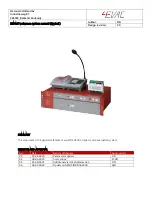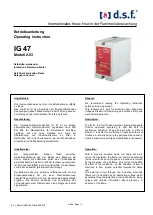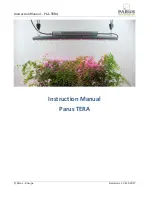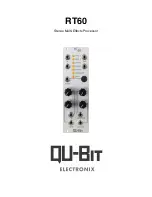
Operation Manual / TPL73-B.. - 85-B11/ -B12
5 Maintenance / 5.5 Cleaning turbine blades and nozzle ring in opera-
tion
© Copyright 2018 . All rights reserved.
HZTL2480_EN
Revision D
July 2018
Principle of wet cleaning
Wet cleaning makes use of various effects. Depending on the composi-
tion of the contamination, the individual effects with their different
levels of intensity have a varying influence on the cleaning result:
¡
Erosion
The dirt is removed by the mechanical action of the impacting water
droplets.
¡
Solubility
Water solubility of the contamination deposits in water.
¡
Thermal shock
Spalling of contamination due to temperature difference.
CAUTION
Corrosion and deposits when cleaning
Damage and impairment of turbocharger parts due to salt water and
cooling water additives
u
Don't use salt water for cleaning, but only clean fresh water.
Principle of dry cleaning
When dry cleaning using dry solid matter in granulate form, dirty depos-
its are removed mechanically by the grains impacting the surface.
NOTICE
Wet and dry cleaning are equally effective. However, it may be useful to
apply both methods together.
Components at the turbine end are not cleaned until the engine has been
started or the engine load reduced. The exhaust gas temperature must
not exceed the value specified in the respective cleaning instructions
(see section PrerequisitesTPL-A/-C: Operating state prerequisites for
wet cleaning turbine and nozzle ring).
CAUTION
Reduced service life of the components
Failure to comply with the minimum stabilisation time before cleaning,
the prescribed turbine inlet temperatures and the drying time after
cleaning significantly reduces the expected service life of the compon-
ents.
u
Comply with the cleaning parameters given in the tables.
Cleaning more than one
turbocharger turbine
If several turbochargers are installed on one engine, we recommend
cleaning one turbocharger turbine with nozzle ring after the other.
Page
68
/
151
















































